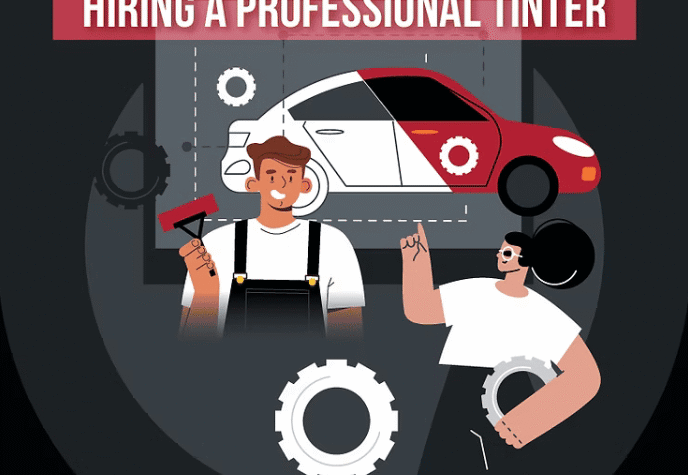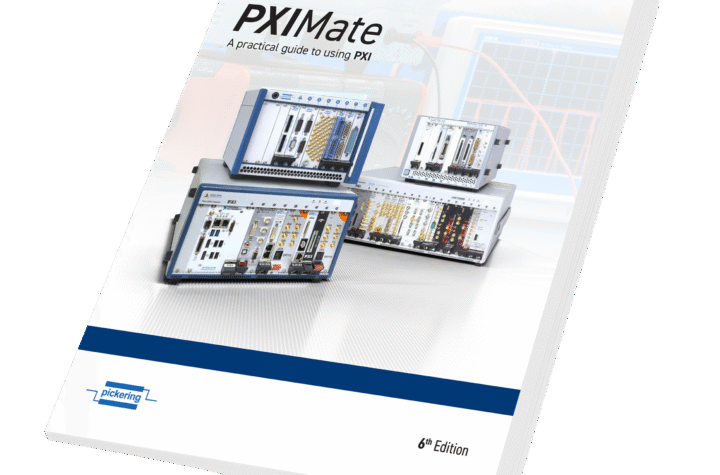
“Telematics makes it possible to create new business models and sources of revenue†– Pierre Piver, Wavecom VP, Automotive.
Making the switch from the mobile phone industry to machine to machine (M2M) communication, with special emphasis on the automotive industry, is proving to be the right call for Wavecom.
Founded in 1993 and headquartered in Paris, Wavecom has subsidiaries in Hong Kong (PRC), Research Triangle Park, NC (USA), San Diego, CA (USA), Farnborough (UK) and Darmstadt (Germany). Wavecom is publicly traded on Euronext Paris (Eurolist) in France and on the NASDAQ (WVCM) exchange in the U.S.
Up to 2005, Wavecom marketed its solutions to both the M2M and telephone handset markets. Sales to Asian handset manufacturers had driven company revenues from 1999 to early 2003, according to the 2005 Wavecom Annual Report.
It says the switch was a calculated risk: “The market today for industrial and automotive wireless solutions is still relatively small compared to consumer applications such as
mobile phones. Nevertheless, we believe that the market is poised for significant growth over the next several years, and that Wavecom is particularly well positioned to be the leader in the space.â€
Wavecom says it is focused on providing customers with the lowest “total cost of ownership“ by eliminating unnecessary hardware in its products. This is achieved through the company’s Open AT software suite which allows customers to develop applications directly on Wavecom modules. The software includes the communications firmware (protocol stack), operating system, and an integrated development environment. The suite has standard interfaces that allow independent software vendors to provide additional functionality through plug-ins such as TCP/IP, email, IBM’s MQTT, Orange’s M2M Connect, and memory card readers. All of the products offer download-over-the-air functions which will allow software to be updated through the network without a physical service call.
The company has also established Wavecom University, a professional education service that allows customers and partners to learn about our products in detail and how to most efficiently and effectively use them. Future plans include building more services using, for example, DOTA for long-term maintenance of products in the field.
Many of these products, Wavecom believes, will be found in automobiles and trucks. Pierre Piver, Wavecom VP, Automotive, tells Automotive Industries (AI) that Wavecom “really believes that there are more and more signs and proof-points that confirm that automotive telematics is here now and will take off in a big way as standard features in most models within the next couple of yearsâ€.
AI: What are the principal benefits of Telematics?
Piver: Telematics are part and parcel of innovation in the automotive industry. The technology has evolved from being an accessory to a key function for safety and comfort. Telematics offers features for both drivers and dealers, such as breakdown call, emergency call, location-based information and real-time navigation, including traffic information.
Telematics also allows drivers to make use of the latest technology while complying with the law. Currently, telematics solutions offer hands-free calling. The next step is e-call, when this is legislated in the major markets.
AI: What are the benefits for the car companies using your technology?
Piver: Telematics makes it possible to create new business models and sources of revenue through, for example, infotainment. OEMs can get closer to their customers by creating direct links through telematics.
Specialist technicians are able to provide support for the dealer network through remote diagnostics. It is also possible for telematics to provide advanced warning of problem areas, allowing for preventative maintenance.
It also optimizes fleet management through driver monitoring, the monitoring of the performance and maintenance of vehicles and other functions.
AI: Who are the main players in the field?
Piver: Tier I equipment suppliers are Delphi, Visteon, Magneti Marelli, Continental (formerly Motorola), Autoliv, Blaupunkt, Meta Systems, Cobra, Denso, Samsung electronics, LG electronics, Hyundai autonet, Johnson Controls, and Siemens VDO)
Service providers are ATX, OnStar, T-Systems, and ADT.
AI: What are the technical barriers in roaming (SIM identification) that you are experiencing at the moment?
Piver: There are no real technical barriers. Europe, for example, has operators that are well established throughout the region. The critical aspects are the territory coverage of the networks used and their quality are critical aspect.
The US has powerful carriers in different technologies and no roaming problems over NAFTA (North American Free Trade Agreement) – which includes Canada, the US and Mexico.
The maturity of this technology is demonstrated by the fact that all car makers are in discussions with wireless operators to establish servicing agreements.
AI: What are the automotive requirements for this technology?
Piver: There are specific technical requirements. They include extended life beyond that of normal information technology hardware, extended warranties, the ability to operate in temperatures ranging from -40°C to +85°C, resistance to vibration, compatibility with standard interfaces (Can Bus, RF connectors), and compatibility with standard operating systems (Windows, QNX).
AI: How do you meet the ever increasing demand for quality, performance and reliability in the automotive industry?
Piver: Wavecom’s outsourced manufacturing is done by Solectron which is ISO/TS 16949 certified. Specific validation and tests processes for the Automotive products are done internally at Wavecom. In addition, there are regular audits by car makers and Tier 1 suppliers, as well as customer satisfaction surveys.
AI: How do you address the problem that M2M product life span is shorter than the vehicles?
Piver: First, there are some M2M applications that require longer product lifespan than cars. Examples are metering, vending machines, and alarms. This is a situation that Wavecom manages with its customers through a continual communication and anticipation of the necessary changes.
AI: Are there any significant benefits for the wireless networks?
Piver: Yes. These include new customers, new revenue streams, higher bandwidth demand and, potentially, pre-paid contracts with car manufacturers. These could take the form of a one-time sure payment.
AI: How do you see the future of Telematics?
Piver: There are three main market drivers:
• Security (eCall – Europe and OnStar US)
• Lobbying from insurance companies – pay as you drive, and tailored premiums which are forcing functionality in the vehicles
• Road charging projects – country by country at EU level.
Wavecom purchases Sony M2M Business Unit
In April 2006, Wavecom and Sony Ericsson agreed to the sale of Sony Ericsson’s would M2M Communications Business Unit, which specializes in automotive and industrial wireless solutions, to Wavecom.
The business unit includes the new GX64 GSM/GPRS product family, the GX47/48 GSM/GPRS product family, the CM42/52 CDMA/1xRTT product family, as well as the company’s global assets and activities in M2M research & development, marketing, and sales.
Commenting on the transaction, Ron Black, Wavecom CEO, said “this event marks the first consolidation of two major players in the wireless M2M space. It will strengthen the industry and should accelerate the adoption of industry standards which are needed to stimulate overall market growth.”
The combination of these two businesses offers numerous synergies and benefits, specifically in scale and geographic presence. Sony Ericsson will bring to Wavecom a solid customer base from the North American automotive and fleet management market that should further reinforce Wavecom’s already diverse automotive customer base in Europe.
Black added, “we are clearly thrilled about the joining of these complementary businesses. The deal will greatly expand our global presence, especially in North America, and create a development powerhouse. Going forward we will be integrating Sony Ericsson’s M2Mpower software suite into our Open AT software suite, which we believe is already becoming the standard for automotive and industrial wireless solutions. Additionally, we will benefit from the expanded product portfolio and Sony Ericsson’s unique hardware customization capability.”
Anders Franzén, Sony Ericsson’s Corporate Vice President and Head of the M2M Communications Business Unit, joined Wavecom as VP and Chief Operations Officer, responsible for research and development, manufacturing, supply chain, program management, and quality.
Franzén commented, “I am extremely excited to be part of this industry-defining event. The combination of these two organizations represents a coming of age of the M2M space. It brings together Wavecom’s software expertise and Sony Ericsson’s hardware platform and market presence. Our existing and new customers will have the opportunity to fully capitalize on the unique advantages offered by the combined business.”
Robin Duke-Woolley, industry analyst from Harbor Research Inc. agreed with Black and Franzén, noting “this acquisition is a particularly significant event for the rapidly-developing M2M sector as it brings together two energetic market developers into one larger, specialist unit. We recognize Wavecom as a key innovator in this space and this bold move will considerably strengthen its credentials on every level. By initiating this degree of consolidation, we believe Wavecom will gain a distinct competitive advantage in its delivery of added-value software and hardware solutions in key M2M segments, including automotive, fleet management, automatic meter management, alarm systems, point of sale and wireless local loop phones.”
Wavecom has turned the former Sony Ericson premises into its new regional headquarters for the Americas. “The new facility in Research Triangle Park is a reflection of our leadership position in the Americas region and signifies a major milestone in the integration of the former Sony Ericsson M2M business into the rest of the corporation,” said Franzen. “We are thrilled about the location and look forward to using it as a launching point to enhance our technological development, sales and customer service throughout North and South America.”












More Stories
Dürr and GROB concept battery factory uses 50% less production space
DuPont materials science advances next generation of EV batteries at The Battery Show
Cybord warns of dangers of the stability illusion